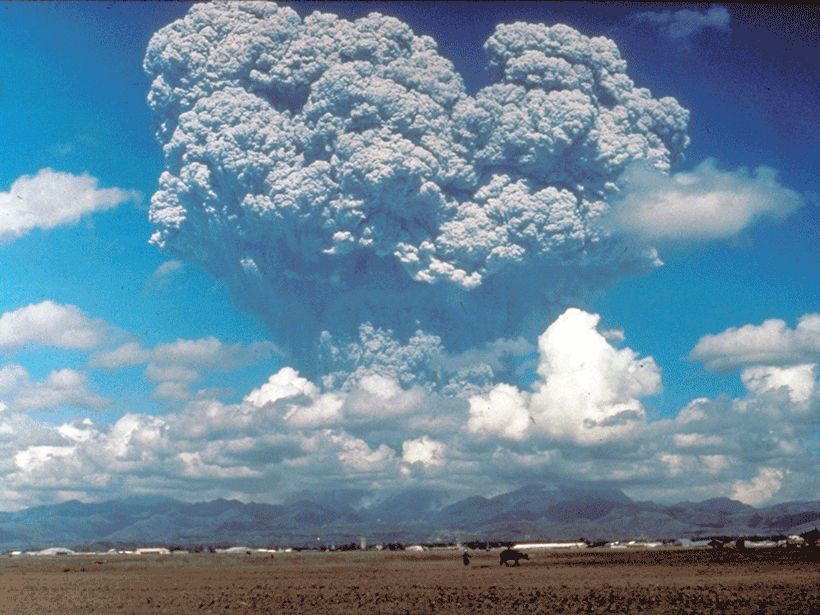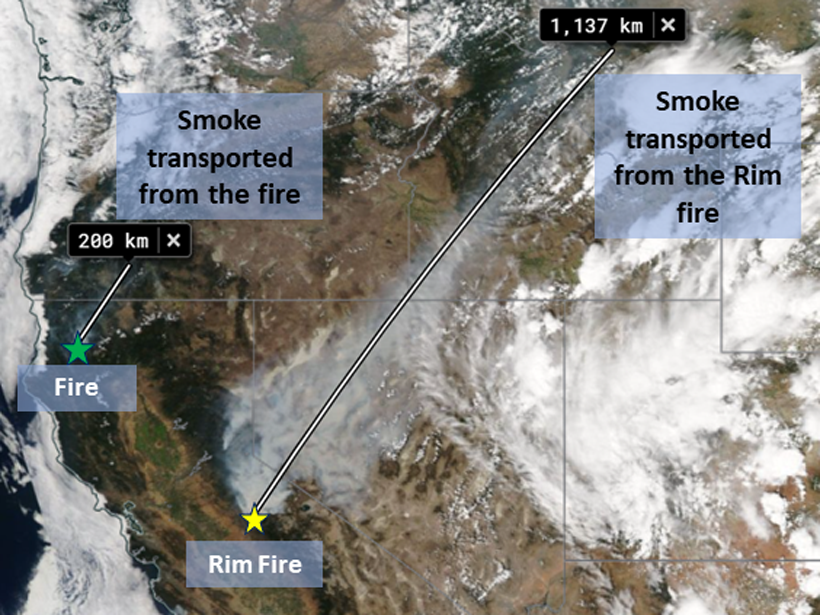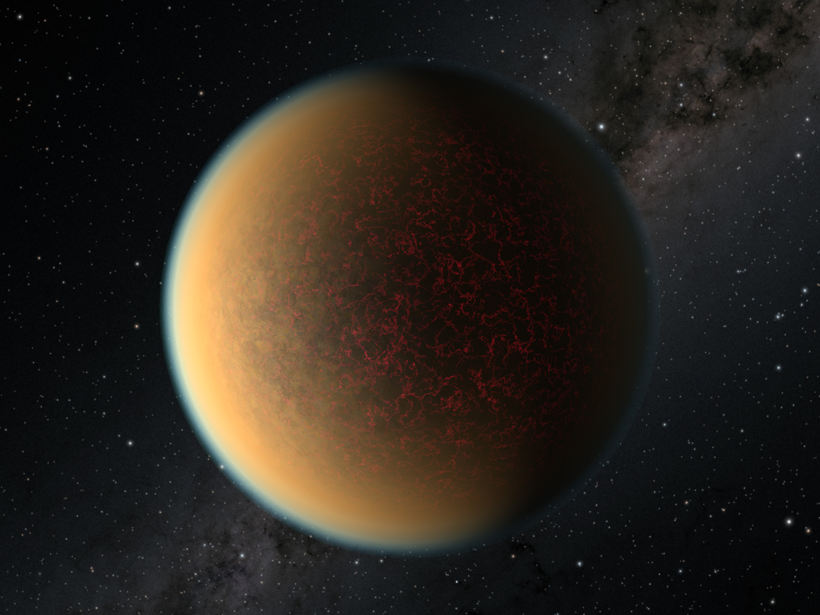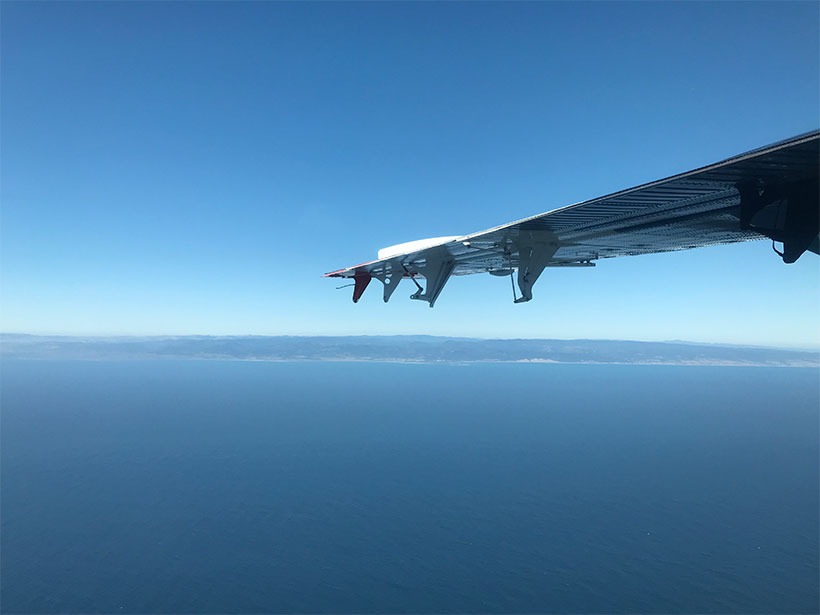巨大的火山云是如何进入平流层的?科学家们模拟了注入平流层低层的火山碎片是如何被抬升进入平流层中层的。
everything atmospheric
Where Do the Metals Go?
Volcanic eruptions spread harmful metals in the environment. Now the biggest study to date details exactly where they end up.
¿Cómo afectará el cambio climático a los Estados Unidos en las próximas décadas?
Un nuevo informe del gobierno de EE. UU. muestra que el clima está cambiando y que las actividades humanas conducirán a muchos más cambios. Estos cambios afectarán el nivel del mar, la frecuencia de las sequías, las precipitaciones severas y más.
Modeling Volcanic Debris Clouds
How does a large volcanic cloud get into the stratosphere? Scientists model how volcanic debris injected into the lower stratosphere can be lofted high into the middle stratosphere.
Improved Algorithms Help Scientists Monitor Wildfires from Space
Wildfires release pollutants that harm human health. Quality satellite monitoring can help track these pollutants and predict where they may become health hazards.
Nicoll Receives 2020 Atmospheric and Space Electricity Early Career Award
Keri Nicoll received the 2020 Atmospheric and Space Electricity Early Career Award at AGU’s virtual Fall Meeting 2020. The award recognizes “significant contributions to atmospheric and space electricity science from honorees within 10 years of receiving their Ph.D. degree.”
The Possible Evolution of an Exoplanet’s Atmosphere
Scientific sleuths explore data gathered trillions of kilometers away and put forth different, and often conflicting, ideas to reconstruct the gaseous envelope on a distant rocky exoplanet, GJ 1132 b.
Observations from Space and Ground Reveal Clues About Lightning
In a coordinated monitoring effort, scientists have uncovered the timing and triggering of high-energy lightning events in the sky.
Mejorando el presupuesto mundial para el metanol atmosférico
Nuevos datos de exploración con aeronaves muestran que aunque la química atmosférica sobre regiones oceánicas remotas es una fuente considerable de producción de metanol, la emisión neta de metanol del océano es menor.
Climate Clues from One of the Rainiest Places on Earth
One of the world’s rainiest places lies off Colombia’s Pacific coast. New field research sheds light on the Chocó low-level jet, a phenomenon responsible for the region’s precipitation.









